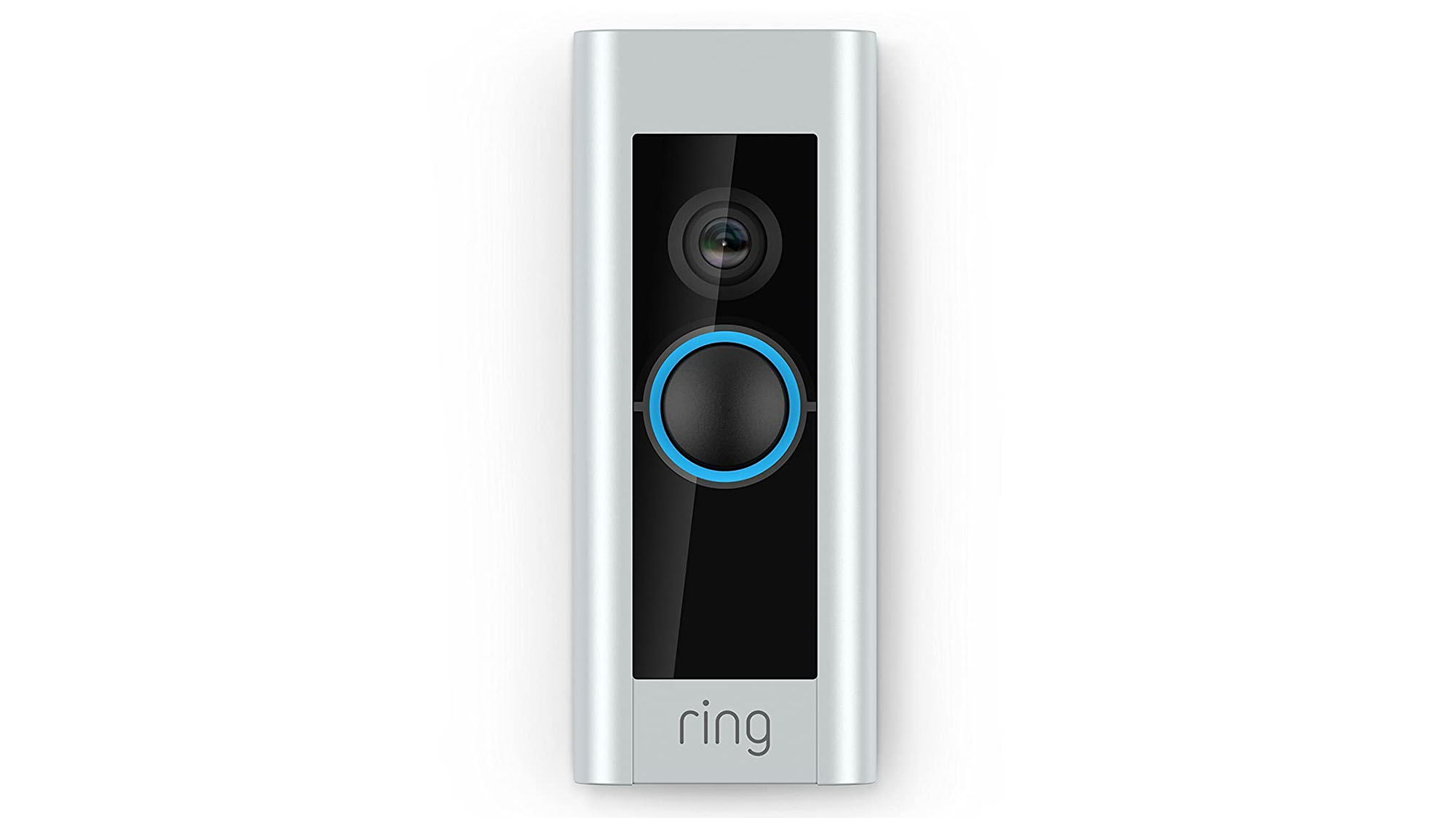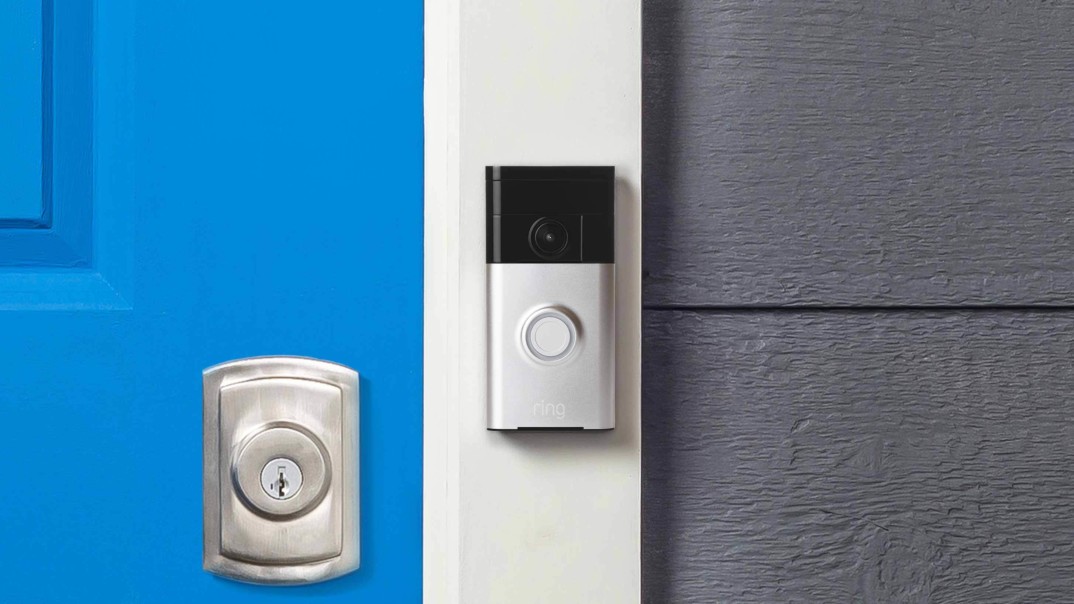

- #Rolls encryption for ring doorbells update#
- #Rolls encryption for ring doorbells full#
- #Rolls encryption for ring doorbells pro#
- #Rolls encryption for ring doorbells download#
#Rolls encryption for ring doorbells download#
You can no longer share videos from the app, although you can download them and do what you want with them, so this restriction shouldn’t prove to be that difficult. Shared users don’t count, so they’ll no longer be able to view videos. As the encryption keys are held on your phone, you can’t use the web interface to view videos using the web interface.Īn enrolled mobile device is one that’s linked to your account. First, only your enrolled mobile devices can view and store video if you change your phone then you have to enrol the new one. This is because there’s a fairly hefty list of restrictions and features that get disabled. The reason for this is because the devices now have to take care of encryption all the way to your phone, which adds some overhead.Įven if you have supported devices, end-to-end encryption has to be turned on for each device.
#Rolls encryption for ring doorbells full#
The full list of supported devices is available in Ring’s end-to-end encryption installation instructions.
#Rolls encryption for ring doorbells pro#
Supported devices include the Ring Video Doorbell Pro 2, the Doorbell Wired and Floodlight Cam. No battery-powered devices are supported, neither are some of the older products. First, there’s a limited set of devices that it will work with.
#Rolls encryption for ring doorbells update#
While this update is good news for security, end-to-end encryption is an optional feature for several reasons. This key is protected by a randomly generated passphrase known only to you, which you have to take a backup of. With traditional encryption centrally-held encryption keys linked to your account are used, so anyone that logs in can view the video.įor security, Ring maintains a copy of your encryption keys, so you can restore it should you lose your phone. Nothing in the middle can view or decrypt the video. With end-to-end the encryption keys (used to encrypt and decrypt the video) are held on the endpoints: in this case the Ring device and your phone. The difference comes down to how the encryption works. With end-to-end encryption, only the enrolled mobile device (your phone) can view video. With a regular Ring Protect account, recorded video is encrypted and stored on the cloud, but anyone with access to your account (either using your login details or through a shared account) can view your video. With this optional feature enabled, video is encrypted to limit who can view the video feed, preventing even Ring or Amazon from examining your videos. But if someone wants to do a man-in-the-middle attack or some other nefarious intercept of video from my exterior facing cameras so they can see my neighbor's dog taking a dump on my lawn, I'm not really that worried.For those that want an extra layer of security around their recorded videos, Ring has announced that end-to-end encryption is now available in the UK. When I add interior facing cameras I will definitely revisit this subject with greater scrutiny since I'll want to raise the security bar on access to interior cameras. The degree of configurability that Ring allows around all aspects of video storage, retention, encryption, device participation, etc., is very impressive. In fact, I'm totally cool with what they already had in place. I'm totally cool with what they've done to make this feature available.

Ideally, it would be nice if Ring could make the tradeoffs a little more granular, i.e., which features no longer work with end-to-end enabled, but the definition of "end-to-end" usually doesn't leave any wiggle room for exceptions. There's nothing at all surprising about dealing with this kind of trade-off between convenience and security when it comes to encryption. Users will have to choose whether they want to give up existing functionality and convenience to have end-to-end encryption enabled.

The setup for end-to-end encryption describes these in detail. Unfortunately there are several significant functional restrictions that are put in place when enabling end-to-end encryption. This is a great feature that will undoubtedly make some folks feel better about controlling which devices have access to view what's been captured by their Ring cameras.


 0 kommentar(er)
0 kommentar(er)
